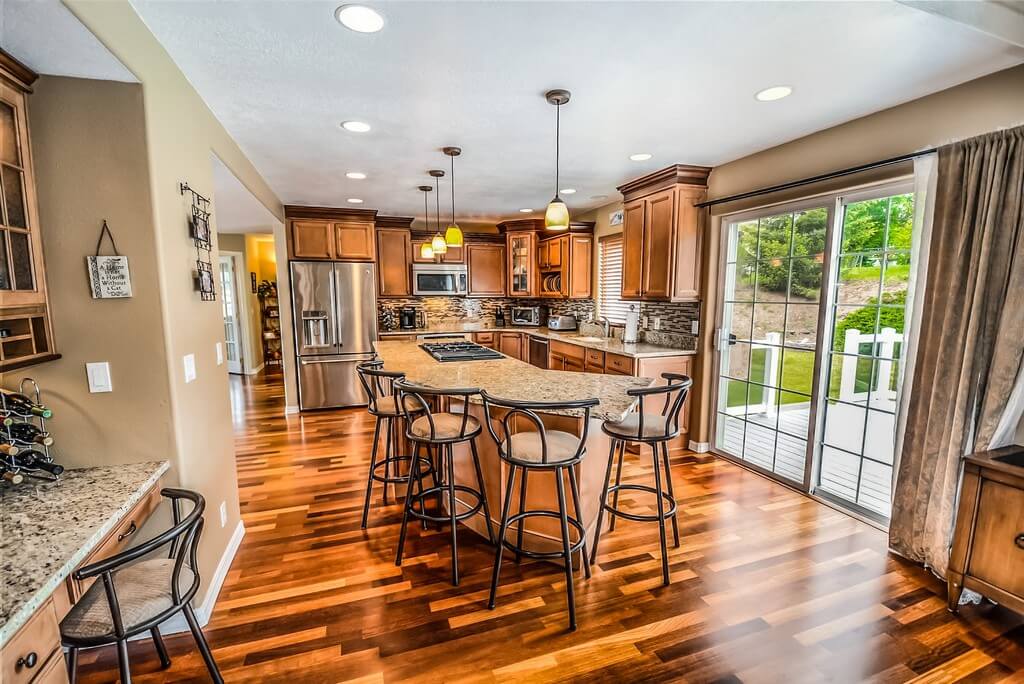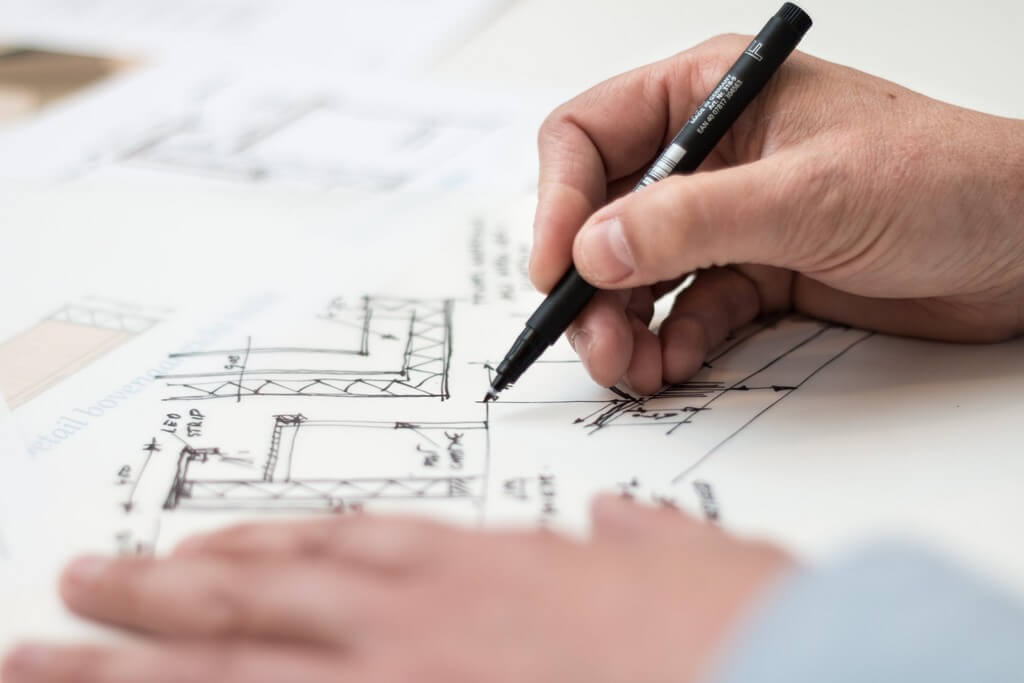Space Planning – Understanding from an Interior Design Perspective
23/04/2021 2021-04-23 7:16Space Planning – Understanding from an Interior Design Perspective
Space Planning is a primary process in the interior design domain. It involves an in-depth exploration of the allotted space to enable maximum and comfortable accommodation. So, let’s say you have a splendid living room interior design in your mind. You have imagined creating a replica of the surreal modern living room from your favourite movie. But do you know an enticing idea is not the only thing it takes to achieve the desired design?

The expertise of an interior designer in executing your dream is essential, and that is achieved through space planning. Space planning is a basic step in the process of interior design. It involves organizing the space, furniture, and functions and integrating them together to produce a smooth living experience. Whether it is a living room floor plan or a small room design, space planning is a must-to-do step in building your house interior. Adding to this, space planning techniques have proven to increase productivity in the workspace due to the established creative office design layouts.

How to create a space plan?
A process that begins at the architectural level, an interior designer draws a plan characterizing zones of space (social zone, storage zone, private zone, and work zone) and the functionalities of the same. For instance, let’s consider a living room. While designing a living room, an interior designer keeps in mind the fact that it is a space involving frequent activities. To serve this purpose, the living room floor plan is done in a way to accommodate modern designs with minimum block ways to the activities performed in the room.
There are certain key points to keep in mind in space planning:
Structure: A structure of the room matters. For instance, an L-shaped piece of furniture that you adored and bought might not fit in a round-shaped room, or a sofa set that might come in between the pathway to the entrance to the bedroom. The ultimate aim is to balance the structure of the room by accommodating furniture and space to preserve the purpose of the room.
Size, Orientation, and Climate: As the term suggests, size and orientation are key aspects to keep in mind while creating a space plan. The orientation of the site is an indispensable element in the space planning process. This includes deciding the direction of the plot to ensure good ventilation and direction of sunlight. Climate, as well, is a fundamental step to keep in mind. A home in the northern Himalayas, for instance, is built to protect them from harsh winters. A house in the southern extreme of Tamil Nadu is built ensuring the right balance between harsh summers and moisture.

Economy: Like it or not, budget matters. Space planning like any other expenditure depends on the maximum spending limit. This goes without saying. You cannot get your favorite wall decor for the living room if the design is beyond your spending budget.
Storage: You can get as creative as you like, but if your ultra-modern living room doesn’t have enough storage space, your space plan fails right there.
Make a small space look bigger: Making tiny changes to your space can make the room look bigger. A well-lit room, implementing a monochromatic color scheme, clearing out the pathway with fewer furniture and accessories make a small space look bigger and more appealing.
An alluring outlook: A well designed interior space is what makes living, modern and comfortable. However, it’s equally important to design an outlook that is equally appealing and contemporary in nature. A well-designed space plan keeps tab of both exterior and interior of a space.
Permanent Fixtures: Any space that contains built-in fixtures should be tread with remarkable caution as these are one-shot adventure items you don’t want to mess up! A kitchen interior, for instance, has chimneys and kitchen cabinets that are built-in and cannot be altered.
Size of inhabitants: You can make the space as aesthetically as you want, but if the space doesn’t compensate proportionally with the number of people living in the space, the point of space planning gets lost. To avoid this, space planning is conducted with prior knowledge of the number of people taking up the space.
Claustrophobia: Adding too many elements or going overboard with the choice of furniture leads to a cluttered space. A room always looks larger if you can see the floor. This can only be achieved with minimum accommodation of furniture in the room.
Space Planning is like the driver’s license you need to become a qualified driver. Without space planning, you cannot build a home that is both comforting and efficient. Inorder to acquaint oneself with space planning and learn the benefits of it one can enroll in the 3 years programme in BSc. in Interior Design and Decoration.













